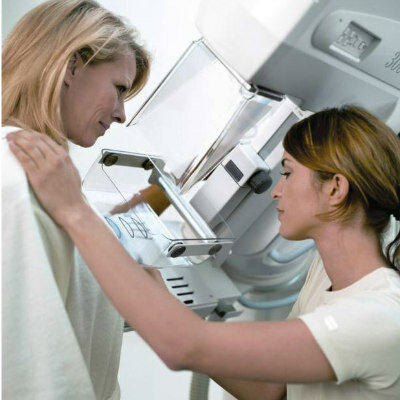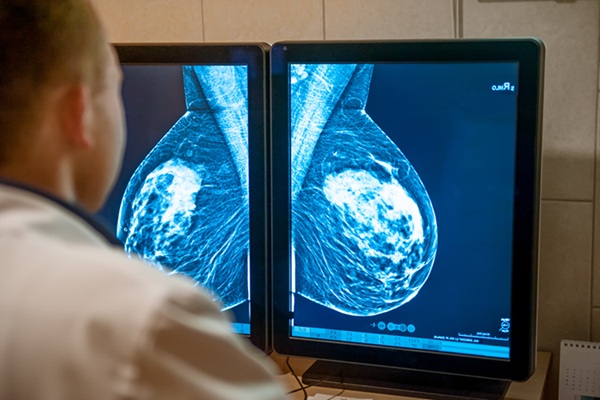Clinical Decision Support Systems Help Control Inappropriate Medical Imaging
By MedImaging International staff writers
Posted on 25 Jan 2011
Researchers have found that clinical decision support systems can help reduce inappropriate medical imaging, including unnecessary computed tomography (CT) and magnetic resonance imaging (MRI) scans.Posted on 25 Jan 2011
The study's findings were published in the January 2011 issue of the Journal of the American College of Radiology. "Clinical decision support systems are point-of-order decision aids, usually through computer order entry systems, that provide real-time feedback to providers ordering imaging tests, including information on test appropriateness for specific indications,” said C. Craig Blackmore, MD, MPH, from Virginia Mason Medical Center (Seattle, WA, USA), and lead author of the study. "Such systems may be purely educational, or they may be restrictive in not allowing imaging test ordering to proceed when accepted indications are absent,” said Dr. Blackmore.
A retrospective cohort study was conducted of the staged implementation of evidence-based clinical decision support built into ordering systems for selected high-volume imaging procedures: lumbar magnetic resonance imaging (MRI), brain MRI, and sinus computed tomography (CT). Imaging utilization rates and overall imaging utilization before and after the intervention were determined.
Results showed that the rates of imaging after intervention were 23.4% lower for low back pain lumbar MRI, 23.2% lower for headache head MRI, and 26.8% lower for sinusitis sinus CT.
"Clinical decision support is potentially an ideal method for improving the evidence-based use of imaging. Clinical decision support systems have the desired properties of being educational, transparent, efficient, practical, and consistent,” concluded Dr. Blackmore. "As our study suggests, the use of such systems can aid the elimination of unnecessary imaging, increasing both patient safety and quality and decreasing health care costs.”
Related Links:
Virginia Mason Medical Center














